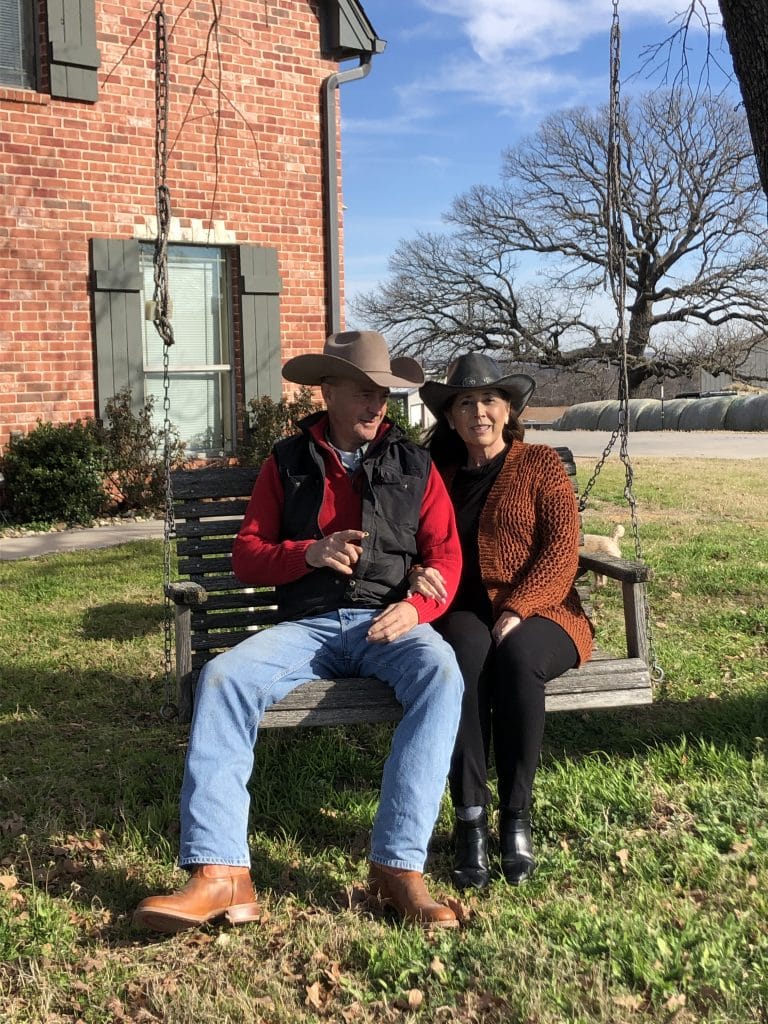One Family. One Forest. A Mission Bigger Than Ourselves.
Our Forests Are Under Attack — And Most People Don’t Even Know It
Bush honeysuckle is an invasive species devastating woodlands across Kentucky and beyond. At WF Ranch in Maysville, we’re restoring our forest — and helping others learn how to reclaim theirs too.
INVASIVE BUSH HONEYSUCKLE IS A SERIOUS THREAT
Amur bush honeysuckle (Lonicera maackii) is not just a nuisance plant — it’s an ecological threat that transforms native forests into monocultures of tangled brush and hollow understory.
If left unchecked, honeysuckle chokes out regeneration and pushes forests past the point of natural recovery.
What makes it dangerous?

HOW WE HELP
We started by learning how to remove honeysuckle on our own property — but we quickly realized this issue affects more than just us. Now, we’re sharing what we’ve learned to help other landowners take action too.
What we’re doing:
- Documenting our removal and restoration process
- Sharing practical strategies for identifying and managing bush honeysuckle
- Collaborating with neighbors, landowners, and conservation-minded groups
- Exploring partnerships with USDA and NRCS (non-funded)
- Laying the groundwork to launch a nonprofit for education and outreach
We’re not claiming to have all the answers — but we’re committed to being part of the solution.
WHY THIS MATTERS
This isn’t just a plant problem. It’s a legacy problem.
When species like Bradford pear, kudzu, or feral hogs go unchecked, they cause damage that takes generations to undo. Bush honeysuckle is doing the same — silently and persistently.
If we don’t act, we lose:
- Native tree regeneration
- Pollinator and wildlife habitats
- Spring wildflowers and understory plant diversity
- Fire safety and forest structure
- Soil stability and long-term land health
Every acre matters.
We call our effort micro-victory conservation — small wins on small parcels that, together, can turn the tide.

HOW TO IDENTIFY BUSH HONEYSUCKLE
You can’t stop what you don’t recognize. Here’s how to spot Lonicera maackii in your woods:
Field Characteristics:
- Growth Pattern: Dense thickets, often under tree canopies, along forest edges, or roadsides.
- Leaves: Oval with pointed tips, arranged in opposite pairs. Leaf out early in spring and stay green into late fall.
- Stems: Hollow pith (cut one to confirm). Multi-stemmed base with arching growth.
- Flowers: White to pale yellow, tubular blossoms appearing in spring.
- Berries: Small, red, glossy, clustered in pairs — appear in fall.


